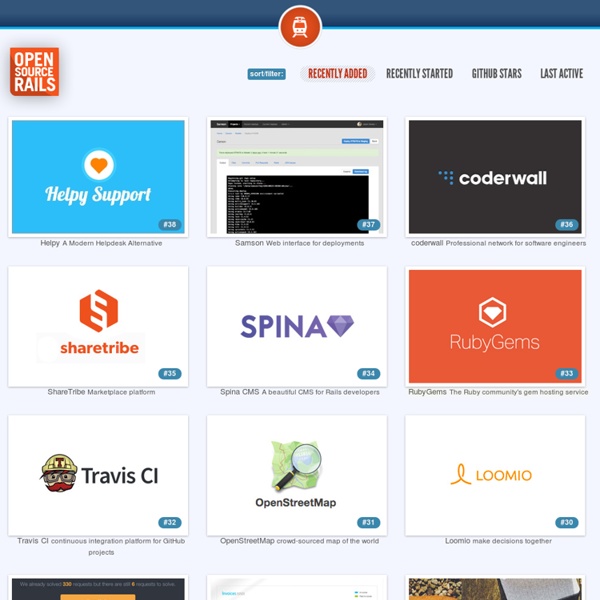



Rediscovering the Button Element Introduction Creating a consistent interface for your users is a constant struggle for every application designer. Building consistency on the web is especially tough because the visual rendering differences across browsers and operating systems are wildly different and almost arbitrary in what can and cannot be done. No where does this become more apparent than when you’re dealing with form elements and the biggest loser of them all in the battle for a standardized look is the infamous Submit button. As is, the input with the type=”submit” is either too ugly (Firefox), a little buggy (Internet Explorer) or completely inflexible (Safari). Inputs vs Buttons So, here’s your standard submit button markup: And it looks like this across the three brothers: Meh. <button type="submit">Submit</button> And it looks like this : These buttons work and behave in exactly the same way as our counterparts above. <button type="submit"><img src="" alt="" /> Submit</button> Which looks like this : Nice. The CSS
Easy Freeware Downloads gitlabhq/gitlabhq Sweet Home 3D Groupes d'utilisateurs Les groupes d’utilisateurs sont des mini-réseaux regroupant des programmeurs par centre d’intérêt ou langue. Rejoindre et participer à un groupe est une manière très efficace d’améliorer ses compétences et de rencontrer d’autres programmeurs. Les groupes sont informels, au sens que leur structure varient d’un groupe à un autre : certains consistent en une simple liste de diffusion ou un forum, d’autres ont une assise légale (association…) et organisent éventuellement des rencontres et des conférences. Groupes Pour rencontrer d’autres programmeurs Ruby, un groupe local (au sens de la géographie) peut être un bon moyen de progresser, à condition d’en avoir un près de chez vous. Ruby France L’association française de promotion du language Ruby fédère un certains nombre de groupes locaux (Paris, Lyon…) et constitue par elle-même un groupe d’utilisateurs, centré autour de la liste de diffusion publique. Meetup Paris Le groupe d’utilisateurs Paris.rb organise des apéros et des sessions de code.
13 Free Adobe AIR Apps That Can Make Your Lives Easier @ Smashin Don't Forget to participate in a contest where you can win an amazing e-Commerce template from TemplateMonster. Adobe AIR is a cross-platform runtime environment for building rich Internet applications using Adobe Flash, Adobe Flex, HTML, or Ajax. It’s popularity is increasing every day and getting more lovers who are using tools developed on Adobe AIR for diversified purposes. You are welcome if you want to share more free and simple Adobe AIR apps that are useful and our readers/viewers may like. TweetDeck TweetDeck is your personal browser for staying in touch with what’s happening now, connecting you with your contacts across Twitter, Facebook and more. Doomi Doomi has all the features you can use, and none of the ones you don’t. Live Presentations Ora Time and Expense focus booster focus booster is a simple and elegant application designed to help you eliminate the anxiety of time and enhance your focus and concentration. Remember The Task Shrinkadoo Dukt Skimmer Pixus SnippelyÂ
Linux Links - The Linux Portal ChiliProject - Homepage - ChiliProject Crea tu blog, página personal, comunidad de foros, álbum de fotos y tu Wiki, rápido, fácil, y gratis Ruby on Rails Tutorial: Learn Rails by Example book and screencasts by Michael Hartl | Filling In The Layout Michael Hartl Contents Foreword My former company (CD Baby) was one of the first to loudly switch to Ruby on Rails, and then even more loudly switch back to PHP (Google me to read about the drama). This book by Michael Hartl came so highly recommended that I had to try it, and the Ruby on Rails Tutorial is what I used to switch back to Rails again. Though I’ve worked my way through many Rails books, this is the one that finally made me “get” it. The linear narrative is such a great format. Enjoy! Derek Sivers (sivers.org) Founder, CD Baby Acknowledgments The Ruby on Rails Tutorial owes a lot to my previous Rails book, RailsSpace, and hence to my coauthor Aurelius Prochazka. I’d like to acknowledge a long list of Rubyists who have taught and inspired me over the years: David Heinemeier Hansson, Yehuda Katz, Carl Lerche, Jeremy Kemper, Xavier Noria, Ryan Bates, Geoffrey Grosenbach, Peter Cooper, Matt Aimonetti, Gregg Pollack, Wayne E. About the author Copyright and license 5.1.1 Site navigation <!